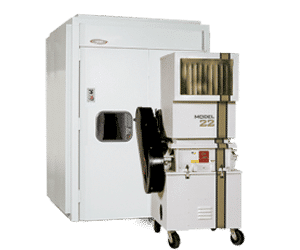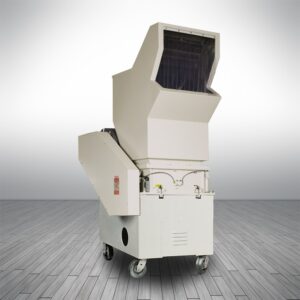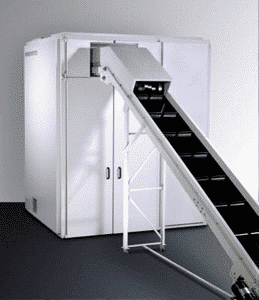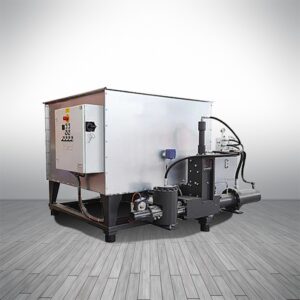What is a CAC Card?
A common access card (CAC) is a smart card that serves as a standard form of identification for active-duty, uniformed service personnel, Selected Reserve, Department of Defense (DoD) civilian employees, and other various eligible contractor personnel.
The CAC card typically allows selected personnel to enter controlled buildings and spaces along with direct access to DoD computer systems and network. There are four main types of CAC card depending on your role and status: Armed Forces, US DoD and/or Uniformed Services, US DoD and/or Uniformed Services for Civilians Accompanying the Armed Forces, and a US DoD and/or Uniformed Services and Privilege card.

A CAC not only provides access to highly sensitive areas, but also contains a significant amount of personally identifiable information (PII). Due to the sensitivity of the data and the access these cards provide, the need to effectively destroy them when no longer needed is a critical security issue.
Very few office shredders are appropriate for dog tag shredding, which is why SEM has introduced the IDShred product line. This line of products easily and securely destroy media containing PII stored on CACs, IDs, credit cards, dog tags, and more.
The SEM Model 0201 is a high capacity ID media shredder and is our line’s low volume solution. Our 0201 is specially designed for the destruction of plastic common access card (CAC) IDs, licenses, credit cards, and badges. This portable, quiet, and clean device is the perfect addition to any office with smaller volumes of end-of-life plastic ID material.
The SEM Model DS-400 is our medium volume solution and is a maximum high security and multi-use office disintegrator. This versatile and portable device is user-friendly and designed to destroy CAC IDs, licenses, plastic and metal credit cards, badges, and dog tags. Our model DS-400 can also securely destroy paper, CDs, key tape, and other media stored on smaller forms of e-media such as flash and thumb drives, solid state drives (SSDs), and SIM chips.
The last model in the IDShred Line is our SEM Model 1012/5 disintegrator. This device is a high volume solution for all ID materials (even the toughest metal credit cards!). Similar to the DS-400, the 1012/5 disintegrator can easily destroy paper, optical media, key tape, licenses, plastic and metal credit cards (including Titanium and thick metal), and dog tags.
At SEM we have an array of disintegrators and devices to meet any regulation. Any one of our exceptional sales team members are more than happy to help answer any questions you may have and help determine which machine will best meet your destruction needs.


 Compared to general purpose destruction devices, the high security equipment is larger, heavier, more costly, and more challenging to maintain. So, reducing the quantity of material treated as classified allows for smaller, simpler, and lower cost equipment.
Compared to general purpose destruction devices, the high security equipment is larger, heavier, more costly, and more challenging to maintain. So, reducing the quantity of material treated as classified allows for smaller, simpler, and lower cost equipment. If you are in need of a central information destruction solution that can shred high volumes of paper or mixed media, a disintegrator may be the answer. As the inventor of the disintegrator over 45 years ago, SEM has the proven expertise to determine which system is right for you.
If you are in need of a central information destruction solution that can shred high volumes of paper or mixed media, a disintegrator may be the answer. As the inventor of the disintegrator over 45 years ago, SEM has the proven expertise to determine which system is right for you.




 Consider a Reconditioned Unit
Consider a Reconditioned Unit


